-
 If You are Planning a Trip to Pondicherry in 2020, These are the Places to Visit for Foodies, Beach Bums and Shopaholics!
If You are Planning a Trip to Pondicherry in 2020, These are the Places to Visit for Foodies, Beach Bums and Shopaholics!
-
 Add More Excitement to Your Trip to India's Silicon Valley by Visiting these Top 10 Malls in Bangalore in 2019
Add More Excitement to Your Trip to India's Silicon Valley by Visiting these Top 10 Malls in Bangalore in 2019
-
 A Shopaholic's Guide for Things to Buy from Goa! Beautiful Souvenirs Ideas Capture The Spirit of This Sunny Beach Destination!
A Shopaholic's Guide for Things to Buy from Goa! Beautiful Souvenirs Ideas Capture The Spirit of This Sunny Beach Destination!
Travelling to Gangtok? Here's What You Should Know
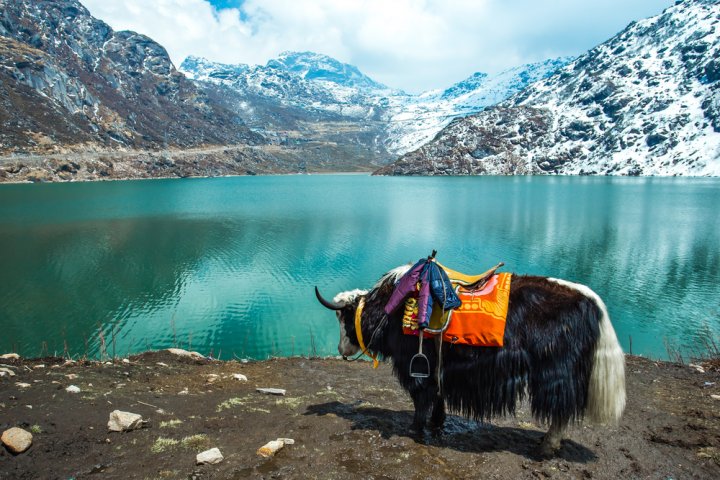
Serene hills, lush green valleys, glacial lakes, local food, a deep rooted mixed culture and lots of Buddhist monasteries are just among the few reasons which are good enough for a trip to Gangtok. If you are an avid traveler and are planning a trip to Gangtok, then before you pack your bags, we have listed down few must visit places in Gantok and have comprehended some information in this quick guide, which would be useful while traveling to the beautiful city of Gangtok.
About Gangtok

Gangtok is not only the capital of Sikkim, but also the largest city in the north east state of Sikkim. It became the 22nd state capital of India after integration of Sikkim in India in 1975. Due to its geographical location, this place is blessed with natural beauty and scenic marvels. Gangtok is situated in the eastern Himalayan Range at an altitude of approx. 5500 ft; the estimated population is 1.70 lakhs and this small town has mainly people of Bhutia, Lepcha and Nepali ethnicities.
Best Time to Visit
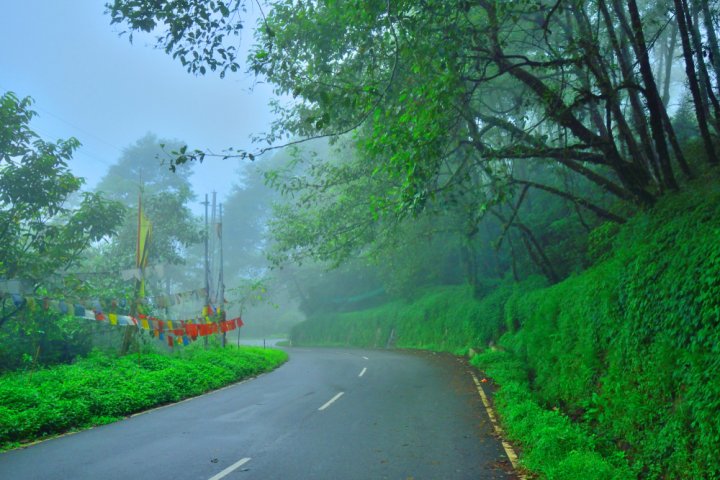
Gangtok has a mild temperature climate all year round, but it’s better to avoid going between June to September as heavy rainfall and landslides may spoil your plans. Best time to visit would be between the months of March to May, when it’s quite hot in the plains and Gangtok has a max. temperature in the range of 20 to 25 degrees Celsius and the min. between 2 to 6 degrees. Even the months of Sep and Oct have a mild and pleasing weather and one can have a spectacular view of the scenery as the town is not layered with fog as it remains during the monsoon season. Winters are quite cold, so plan for a winter visit only if you can enjoy a freezing temperature as low as -2 degrees.
Budget and How to Reach

Well, if you are looking for an economical trip, then under Rs.7,000 to Rs.10,000 per person, you can have a decent and comfy 3 days and 2 nights trip while staying in a 3 star hotel which includes AC tier 3 train fare (to and fro from Delhi), bus fare, food, and miscellaneous expenditures. But, you can cut this budget in half if you plan in advance and stay in a guest house or ‘bed and breakfast’ place, eat local food (that way you will have more stories to share about your travel), share cabs and use local transport wherever possible.
If you are planning to visit by bus or train, then the nearest bus station is Siliguri Bus station and nearest Railway station is New Jalpaiguri, Siliguri Railway station, which is approx 115 kms from Gangtok; buses and cabs are readily available between the two and covers the distance in about 3-4 hours. The second nearest operational Airport is Bagdodra, West Bengal, which is 125 kms from Gangtok. Bus or cab takes around 5 to 6 hours, but you can also avail helicopter services by Sikkim Tourism Development Corporation which takes only 20 minutes and offers daily services from Bagdogra to Gangtok. Pakyong Airport inaugurated in 2018 is the nearest Airport and is only 30 kms from Gangtok, but currently flights are available in limited seasons, probably due to the problem of visibility due to fog during the humid weather.
Mountains Near Gangtok
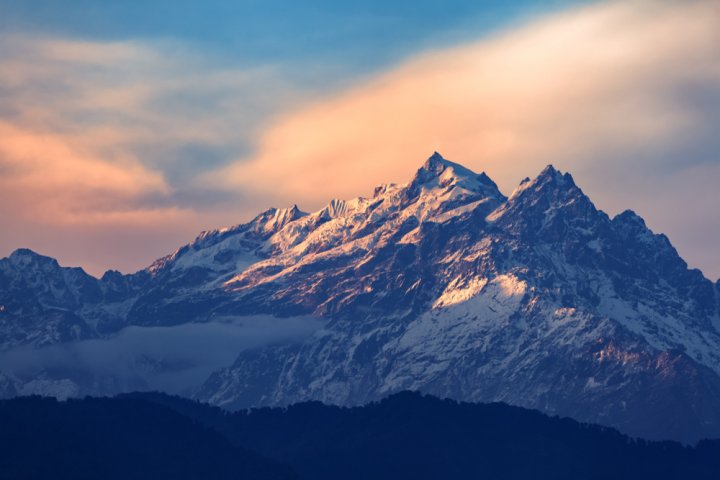
Gangtok is a linear city and lies on one side of a hill, thus providing beautiful view of the mountains. Most of the hill lovers adore this place and plan to visit or revisit because the serene sight of hills is a soulful and memorable experience.
Nathu La Pass
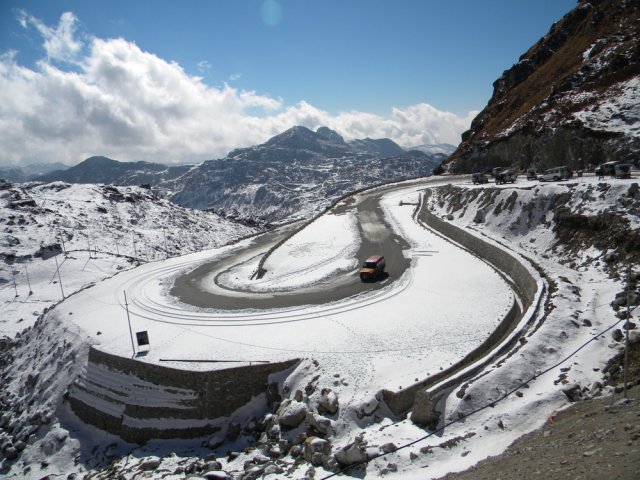
Nathu La Pass is a famous mountain pass in the Himalayas and located in East of Sikkim. It is considered as a once in a lifetime visit because of the breathtaking views, crystal clear water and air and most importantly, the adventurous journey. It’s about 55 km. from Gangtok and this distance usually takes a day to be covered by an SUV (shared ride would cost around Rs.1,000), which also includes a trip to Tsomgo Lake and Baba Mandir.
Located on the crossroads of Indo-China border and a part of the old silk route, this pass was opened to visitors in 2006 after decades' long tension including a war between India and China in this very region. The most important thing to know before visiting Nathu La Pass is that only Indian nationals with a valid permit can visit this place. A permit can be obtained from the Tourism and Civil Aviation Department by providing a photo id proof and two passport size photographs along with a fee of Rs.200. Nathu La Pass temperature drops as low as -25 degrees Celsius during winters and in summers is around 10 degrees. Nathu La Pass is closed on Monday and Tuesday, so plan your trip accordingly.
If you have breathing or health-related problems, then do consult your doctor before taking a trip to Nathu La Pass because due to high altitude, few people face problems in breathing. Oxygen cylinders are available on rent in Gangtok and can easily last for 3-4 hours. Personal vehicles are not allowed and only vehicles provided by Sikkim Govt. approved tour operators can go in this area. If you are going with family, then reserving a full SUV will cost you around Rs.6,000 to Rs.8,000 for a trip to Nathu La Pass.
Kanchenjunga Mountain
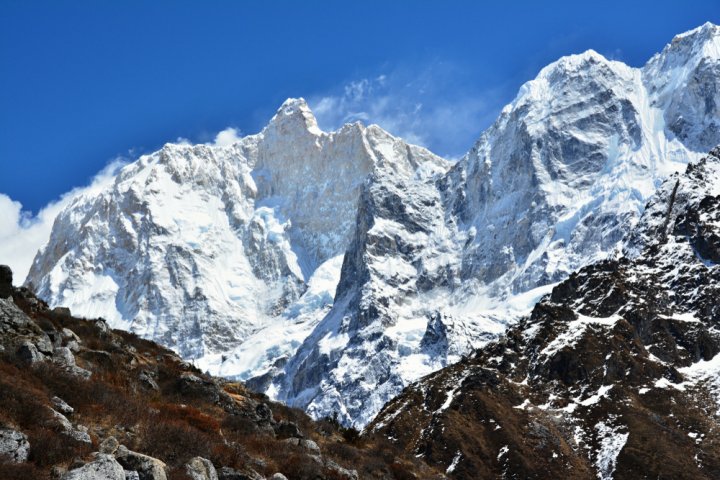
The third highest mountain in the world, with an elevation of 8,586 metres, Mount Kanchenjunga is standing tall between Nepal and Sikkim. Kanchenjunga is a Tibetan name which means 'The Five Treasures of the High Snow'. The treasures represent the five gifts of God, namely gold, silver, gems, grain and holy books.
If you are ready to leave the bed of your hotel by 3:00 a.m., then you may be among the few lucky people to see the mesmerising view of sunrise rays kissing the peak of Kanchenjunga and the entire mountain glowing in orange colour. The mountain is around 60 km from Gangtok and if you plan to trek and conquer the mountain, then it will take around 15 days to climb and then descend back.
Magnan

Mangan is a small village located in North Sikkim at a distance of 52 kms from Gangtok. Mangan has a scenic view of Kanchenjunga Mountain and a place close to Mangan, namely Singhik has beautiful views of ice covered mountains surrounded by magnificent green hills. You can also view the merging of river Teesta and river Kanaka at the foothills and it’s a dream destination for adventure lovers. Few monasteries and museums are also present in this serene village and a delight for people who have interest in history and culture. You can easily reach here in shared taxis and buses are also available from Gangtok and within Mangan as well.
Water Bodies Near Gangtok
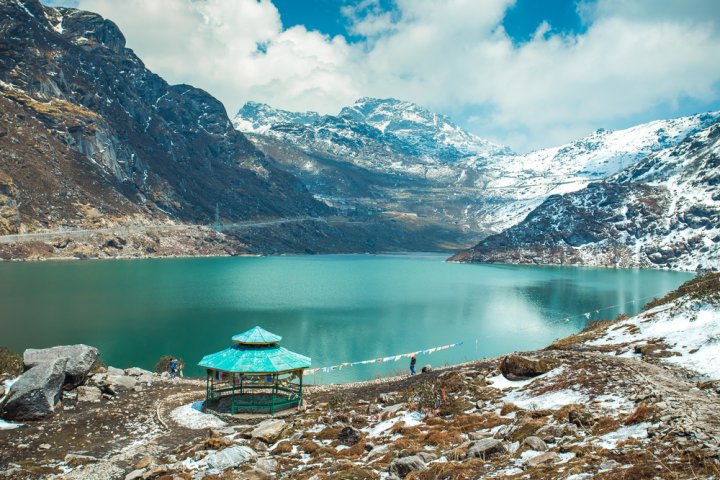
Gangtok is surrounded by natural lakes, springs and rivers due to its geographical location. The water of few lakes and springs is even considered to hold medicinal properties. Let’s have a look at few of the popular water bodies.
Tsomgo Lake

Approximately 38 kms from Gangtok, it’s a two and a half hour rough ride with curved roads and sharp cliffs welcoming you. Tsomgo means ‘Source of a lake’ in Bhutia language and this lake is considered sacred by the locals. The Tsomgo lake changes colours with different seasons and it is being said that Buddhist Monks can make predictions basis the changing colours reflected by the lake. This lake is at an altitude of 3,753 m and remains frozen during winters. The lake is surrounded by snow laden mountains during the winters, and this very snow melts in the summers and form the base of the water in the lake.
Also known as Changu Lake, Yak and Mule rides are available at the Tsomgo lake site and are a major attraction for visitors. It’s a half day trip and one has to return the same day as there is no accommodation available nearby.
Seven Sister Water Falls
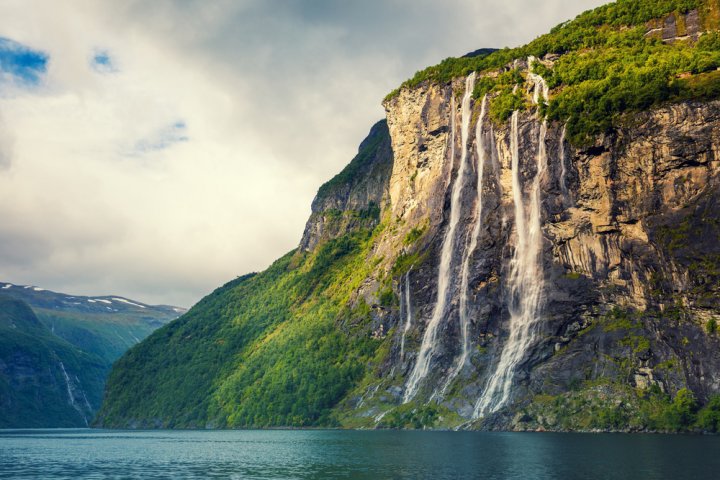
A famous waterfall situated on the Gangtok - Lachung Highway, around 32 kilometres away from Gangtok is a visual delight. There are seven beautiful waterfalls side by side and thus the name Seven Sister Waterfalls. The waterfalls are in full bloom after rain, when they are pouring intensely over the limestone and the rolling sound can be heard from a distance. The surrounding lush green valley is magically calm and cool. There is a cafeteria and waiting shed for the photography enthusiasts who are ready to wait the entire day for that perfect shot. The entire ambience makes a perfect picnic spot and one can hire a cab or share a ride to reach this place in about 40 minutes from Gangtok.
Ban Jhakri Falls

In the Nepali language, ‘Ban’ means jungle and ‘Jhakri’ means traditional healer and this name has been derived from the folktales popular among the Nepali community in Sikkim. A relatively new sightseeing spot spread in an area of more than two acres of beautiful land, it’s located at just 12 km. from Gangtok and is on the way to ‘Seven sister waterfalls’. The waterfall flows from over 40 feet and splashes with huge force, which is the centre of attraction. Also, beautiful statues have been installed amidst the surrounding, visually appealing and well-landscaped gardens. There is Energy Park which facilitates various entertaining activities and has food stalls and washroom, etc. Visitors can also enjoy the swimming pool facility and use restrooms.
Spiritual and Religious Places in Gangtok
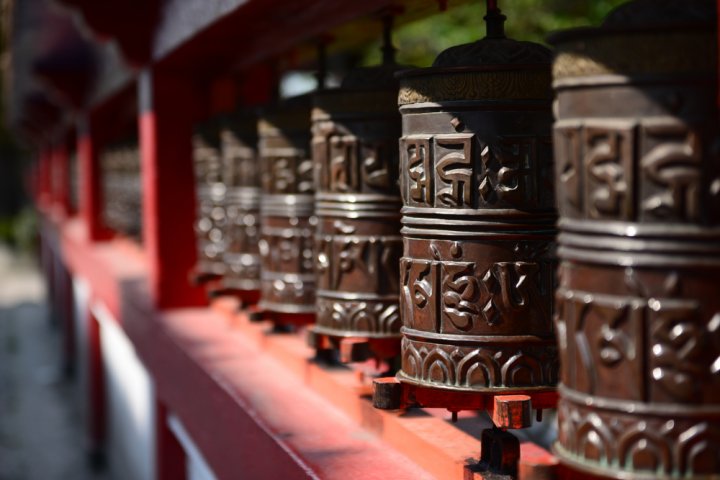
Gangtok is well known for its traditions and culture, be it monasteries, ancient structures, folklores, temples or stories about different places. Few places which are famous for their cultural and religious significance are:
Baba Harbhajan Singh Memorial Temple
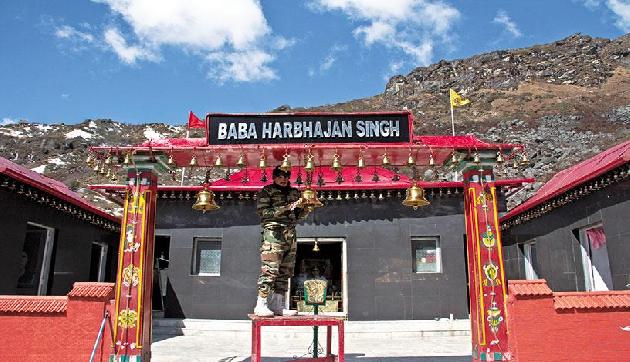
Captain ‘Baba’ Harbhajan Singh was a soldier with Indian Army in Punjab regiment in 1965 and has been revered as ‘Hero of Nathula’ by soldiers of Indian Army. As legend goes, Harbhajan Singh joined army in 1965 and was martyred during battle between Indian Army and Chinese Army. The battle took place at the height of 14,500 feet at Nathu La and Singh drowned while he was taking a column of mules carrying ration supplies to a distant post. His body was found after three days during a search and legend states that Singh himself helped the soldiers of his infantry to search his body and thereafter, he would warn the Indian soldiers three days in advance about any possible attack from China during the Indo-China war.
Many soldiers reported that Baba had been coming in their dreams and asked to build a shrine on his name and then a ‘Samadhi’ was made in his memory and named Baba Harbhajan Singh Temple. It’s a place which makes you feel proud of our army and lets you witness the amazing culture of our country.
Hanuman Tok
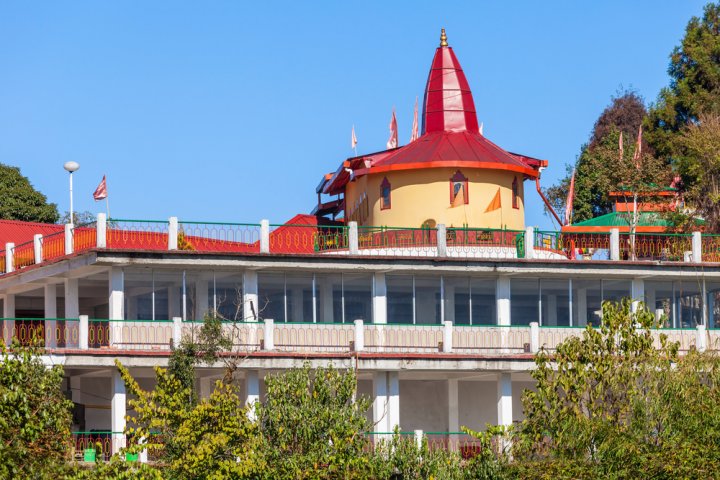
Hanuman Tok means temple of Lord Hanuman and this temple is special in terms that it is surrounded by the serene natural environment and facing Kanchenjunga. It’s located at an altitude of 7200 feet and at a distance of 11 km from Gangtok. As per the locals, Lord Hanuman rested at this place for some time while he was carrying Sanjeevani herb from the Himalayas to Lanka. In 1950, a Govt. Officer Appaji Pant had a dream about this place and was asked to build an idol of Lord Hanuman. After this, idol of Lord was built and a temple was constructed. In 1968, this area was handed over to the army and now Indian Army maintains and preserves this temple. Every year, lots of pilgrims visit this temple as they believe that Lord Hanuman will fulfill all their wishes.
Ranka Monastery

Ranka Monastery or Ligdum Monastery is at a distance of 20 km from Gangtok and is one of the most famous monasteries in East Sikkim. This monastery is surrounded by ‘green mountains with forests’ from all sides which provide a picturesque view. However, the road leading to this monastery is a rough one as it hasn’t been maintained for quite some time now. Young lamas study in this 2 storey architecture and one can see monks wearing red and orange robes walking in the premises. This beautiful monastery has been featured in several Bollywood movies due to its picture-perfect beauty.
Bonus: Himalayan Zoological Park

Located at a place named ‘Bulbuley’ and established in 1991, this park is a treat for wildlife lovers and is located at an altitude of 1780 metres. Spread in a vast 230 hectares forest land, this is first of its kind zoo where animals are kept in natural habitat. You can view and also click pictures of animals like Snow Leopards, Himalayan Palm Civets, Red Pandas, Himalayan Black Bears, Clouded Leopard, Common Leopard, Leopard Cat, Tibetan Wolfs, Large Indian Civets, Gorals, Barking Deer, Yaks, Porcupines, etc. and different types of birds which include Lady Amherst Pheasant, Golden Pheasant, Silver Pheasant, Kalij, Satyr Tragopan, etc. You will get all basic amenities like café, drinking water, washrooms and also covered places to rest across the zoo.
Don't Miss Out on Shopping at MG Marg Market
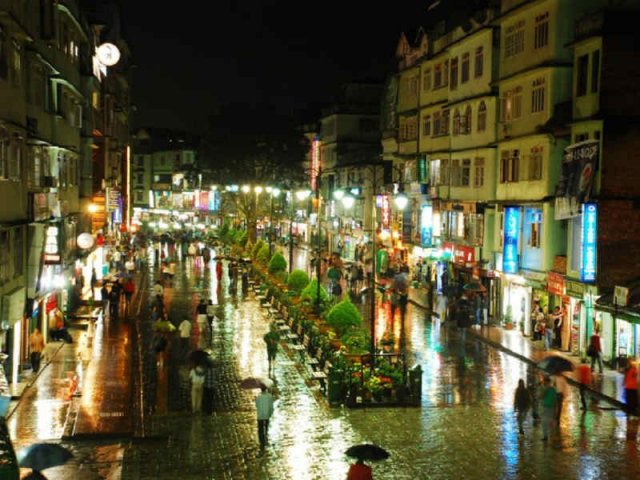
The heart of the city and the most happening place, it is the central shopping hub with shops, hotels and restaurants on both sides of the road. One km stretch of this road is absolutely smoke, litter and traffic-free as it is a pedestrian-only area. A Gangtok Food and Culture Festival is organized in December every year and is attended by travellers across the globe. Your journey to Gangtok is incomplete without shopping and dining at M G Road Market.
-
 समुद्र तट, प्रकृति का जादुई सौंदर्य, अनूठा आकर्षण सब कुछ है - पांडिचेरी यात्रा के दौरान वहाँ क्या देखें, क्या खाएं, कहां खरीदारी करें: पांडिचेरी में घूमने के 10 सर्वश्रेष्ठ स्थान (2020)
समुद्र तट, प्रकृति का जादुई सौंदर्य, अनूठा आकर्षण सब कुछ है - पांडिचेरी यात्रा के दौरान वहाँ क्या देखें, क्या खाएं, कहां खरीदारी करें: पांडिचेरी में घूमने के 10 सर्वश्रेष्ठ स्थान (2020)
-
 If You are Planning a Trip to Pondicherry in 2020, These are the Places to Visit for Foodies, Beach Bums and Shopaholics!
If You are Planning a Trip to Pondicherry in 2020, These are the Places to Visit for Foodies, Beach Bums and Shopaholics!
-
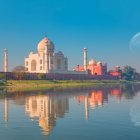 Wondering Where to Go on Honeymoon or for a Vacation? Check Out the Top 10 Most Beautiful Places in India You Ought to Visit (2019)
Wondering Where to Go on Honeymoon or for a Vacation? Check Out the Top 10 Most Beautiful Places in India You Ought to Visit (2019)
-
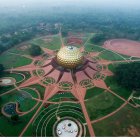 Looking for a Calm and Peaceful Vacation in Complete Harmony with Nature? Visit Auroville Pondicherry – The City of Dawn (2020)
Looking for a Calm and Peaceful Vacation in Complete Harmony with Nature? Visit Auroville Pondicherry – The City of Dawn (2020)
-
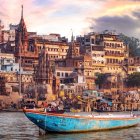 The 12 Most Famous Places in India and Why You Need to Drop Everything and Head There Now! Tips to Help Plan Your Trip as Well
The 12 Most Famous Places in India and Why You Need to Drop Everything and Head There Now! Tips to Help Plan Your Trip as Well
Vacationing at Gangtok
Gangtok is a mesmerising place in North Eastern India that you simply must visit for a memorable travel experience. With its breathtaking views and picturesque landscape, it will not cease to awe you at any moment. Make sure you pick the right time of the year and also have an itinerary handy to make the most of your visit.





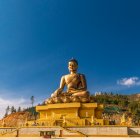
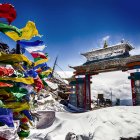
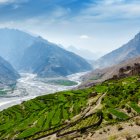
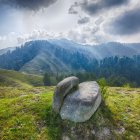

 Highlight the Best Facets of Your Incomparable Beauty: Discover the Best Face Highlighter Currently Available in India and Everything You Need to Know About Using Face Highlighters for Maximum Effect (2023)
Highlight the Best Facets of Your Incomparable Beauty: Discover the Best Face Highlighter Currently Available in India and Everything You Need to Know About Using Face Highlighters for Maximum Effect (2023)
 Forget the Blemishes and Get that Picture Perfect Flawless Radiance on Your Face: Check out the Best Foundations for Oily Skin Currently Available in India and Everything You Need to Know About Makeup Foundations (2023)
Forget the Blemishes and Get that Picture Perfect Flawless Radiance on Your Face: Check out the Best Foundations for Oily Skin Currently Available in India and Everything You Need to Know About Makeup Foundations (2023)
 Make Your Presence Felt Wherever You Go: Discover the Best Perfumes Under 2000 for Both Men and Women to Announce Your Arrival and Make Any Occasion Memorable (2023)
Make Your Presence Felt Wherever You Go: Discover the Best Perfumes Under 2000 for Both Men and Women to Announce Your Arrival and Make Any Occasion Memorable (2023)
 Protect Your Oily Skin from the Harmful Rays of the Sun: Discover the Best Gel Based Sunscreens for Oily Skin and Everything You Need to Know Before Buying One (2023)
Protect Your Oily Skin from the Harmful Rays of the Sun: Discover the Best Gel Based Sunscreens for Oily Skin and Everything You Need to Know Before Buying One (2023)
 Minor Blemishes and Wrinkles Affecting Your Confidence? Check out the Best BB Creams to Conceal Your Worries and Nourish Your Skin to Restore the Healthy, Radiant and Glowing Complexion Back Again (2023)
Minor Blemishes and Wrinkles Affecting Your Confidence? Check out the Best BB Creams to Conceal Your Worries and Nourish Your Skin to Restore the Healthy, Radiant and Glowing Complexion Back Again (2023)
